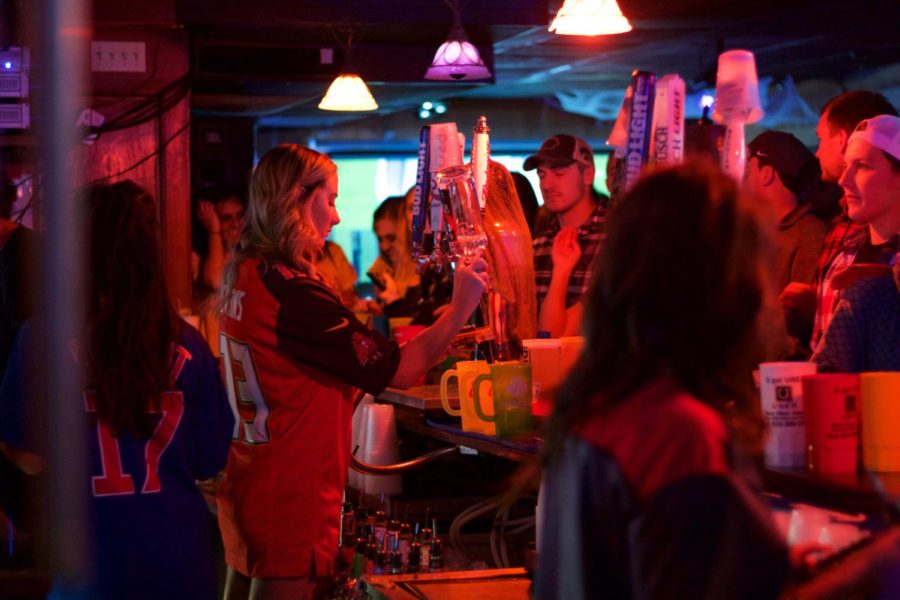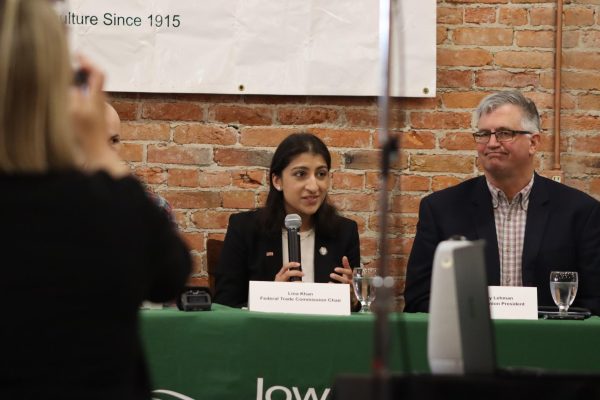Study finds drinking gap between men and women is shrinking
August 28, 2019
Researchers at Iowa State found the proportion of women who drink alcohol is increasing, and those who are drinking more do not necessarily fit stereotypes.
Susan Stewart, professor of sociology at Iowa State and one of the researchers, said white women with more education and more financial means have higher rates of alcohol consumption than those with less disposable income and less education.
Rates are increasing “especially among college educated women, they’re moving into professional atmospheres where alcohol is part of the culture,” Stewart said.
She added black educated women drink “almost at the same rates as white educated women,” meaning social class has almost as much to do with drinking rates as race.
The research found 55 percent of white women overall drank in the last 30 days, drinking on average 6.9 days of those 30, 46 percent of Hispanic women drinking 4.3 days and 38 percent of black women drinking 6.2 days out of the 30.
“We don’t know the reasons per se right now for sure,” Stewart said. “We have discovered these differences, which actually are in line with other data, CDC data. But it could be economic, it could be — you know alcohol is expensive, poorer women have less discretionary income.”
Gloria Jones-Johnson, professor of sociology at Iowa State and another researcher, ascribed some of the increases to a potential “empty nest syndrome.” Of women who were moderate drinkers while their children were home, 26 percent became heavy drinkers when their children left.
“To draw definitive conclusions, we will compare these women’s alcohol consumption to the alcohol consumption of women not experiencing the empty nest,” Jones-Johnson said in a news release.
Firms selling alcohol have begun to market more to women. Stewart noted there are wines called “Mad Housewife” and flavored vodkas that are marketed toward women.
“It’s kind of like cigarette smoking of the ’50s and ’60s,” Stewart said, mentioning an ad campaign for Virginia Slims cigarettes that targeted women consumers.
Women and men began to smoke at similar rates around that time, which Stewart said came in part from the marketing. The study found the gap between men and women who drink is shrinking.
Roughly 88,000 people die every year in the United States from alcohol-related causes, higher than the 60,000 who die from opioid overdoses.
Cassandra Dorius, assistant professor of human development and family studies and the third researcher on the study, said in a news release women’s life expectancy has leveled off recently after decades of increases, partly due to increased alcohol consumption.
“As the main caretakers of children, aging parents and extended family members, women’s alcohol use can have lasting effects on the family,” Dorius said.

















